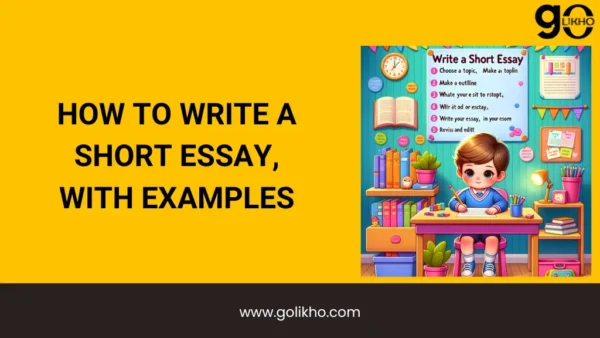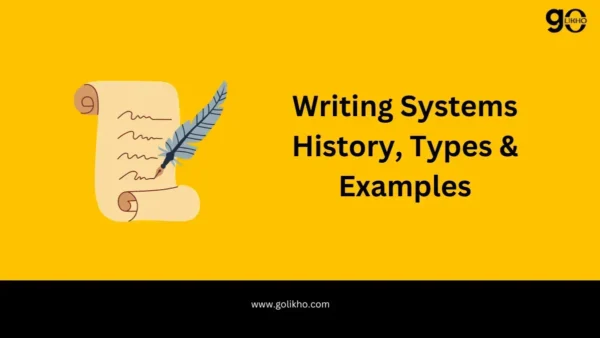
In the captivating world of literature, identifying the main idea of a story is akin to unlocking a hidden treasure chest of meaning and depth. This skill not only enriches the reading experience but also empowers writers to craft narratives that resonate deeply with their audience. In this article, we will delve into the art of Finding the main idea of a story, exploring its significance and the ways it enhances both reading and writing experiences.
The Significance of Identifying the Main Idea
At the heart of every compelling narrative lies a central message or theme. Identifying this core idea allows readers to connect with the story on a profound level, extracting valuable insights and emotions.
How It Enhances Reading and Writing Experiences
For readers, recognizing the main idea sharpens their comprehension skills and enriches their interpretation of the text. Writers, on the other hand, benefit from a clearer understanding of how to craft narratives with purpose and impact.
The Basics of the Main Idea
Defining the Main Idea in Storytelling
The main idea, often referred to as the central idea or theme, is the narrative’s anchor. It encapsulates the core message or concept that the story seeks to convey.
Its Role in Shaping the Narrative
The main idea serves as the narrative’s compass, guiding every element from character development to plot progression. It provides cohesion and purpose to the story.
Uncovering Clues in the Opening
Analyzing the Power of the Story’s Beginning
The opening lines of a story are a treasure trove of clues, often hinting at the main idea’s presence. Authors carefully craft these initial moments to set the stage for the narrative.
Recognizing Foreshadowing and Thematic Hints
Keen readers can detect foreshadowing and thematic hints woven into the story’s introduction. These subtle cues foreshadow the central themes that will unfold as the narrative progresses.
Character Exploration
The Link Between Characters and the Main Idea
Characters are the vehicles through which the main idea is conveyed. Their actions, beliefs, and conflicts mirror and amplify the central theme.
Identifying Character Motivations and Conflicts
By scrutinizing characters’ motivations and internal struggles, readers can uncover layers of meaning that contribute to the main idea’s depth and complexity.
The Narrative Arc and Main Idea
Understanding the Narrative’s Structure
The narrative arc, comprising exposition, rising action, climax, falling action, and resolution, is intrinsically tied to the main idea. It dictates the story’s progression and thematic development.
How the Main Idea Evolves with the Plot
As the story unfolds, the main idea evolves, reflecting the characters’ growth, the plot’s twists, and the ultimate resolution. Understanding this evolution is key to grasping the narrative’s essence.
Symbols and Imagery
The Use of Symbols to Convey the Main Idea
Symbols and imagery are the palette from which authors paint their stories. These metaphors enhance the narrative’s layers of meaning, providing readers with profound insights.
Examining Recurring Motifs and Their Meaning
Identifying recurring motifs and their symbolic significance is akin to deciphering a secret code, unraveling the thematic tapestry that envelops the story.
Dialogues and Subtext
The Role of Dialogues in Revealing the Main Idea
Conversations within a story are windows into the characters’ souls and the story’s core. Dialogues often contain profound insights that shed light on the main idea.
Identifying Subtext in Character Interactions
Subtext, the unspoken and implied meaning beneath dialogues, can offer nuanced perspectives on the main idea. Recognizing subtext enhances one’s understanding of character relationships and thematic exploration.
Author’s Intent
How the Author’s Perspective Influences the Main Idea
Every author brings their unique perspective, experiences, and beliefs to their work. Understanding the author’s point of view is crucial to deciphering the main idea embedded within their narrative.
Researching the Author’s Background and Context
Delving into the author’s background, historical context, and literary influences provides valuable insights into the genesis of the main idea and the broader themes explored in the story.
Reader’s Perspective
Strategies for Readers to Identify the Main Idea
Readers can enhance their comprehension by employing various strategies to identify the main idea, such as active reading, note-taking, and summarization.
The Importance of Active Reading
Active reading involves engaging with the text critically, asking questions, and seeking to uncover the underlying message. It transforms reading from a passive act into an enriching experience.
Teaching the Main Idea
Techniques for Educators to Teach Main Idea Analysis
Educators play a pivotal role in nurturing the skill of identifying the main idea. Techniques like guided reading, discussion, and analysis can aid in this endeavor.
Encouraging Critical Thinking in Students
Fostering critical thinking skills empowers students to dissect narratives effectively, unlocking deeper levels of meaning and fostering a lifelong love for literature.
Conclusion
Summarizing the Key Takeaways for Finding the Main Idea
In conclusion, the ability to identify the main idea of a story is a skill that enriches our engagement with literature. It allows readers to delve deeper into narratives, extracting profound insights and emotions.
Encouraging a Deeper Appreciation of Storytelling and Literature
By embracing the techniques outlined in this article, both readers and writers can embark on a journey of discovery, unraveling the intricacies of storytelling, and gaining a deeper appreciation for the art of literature.




